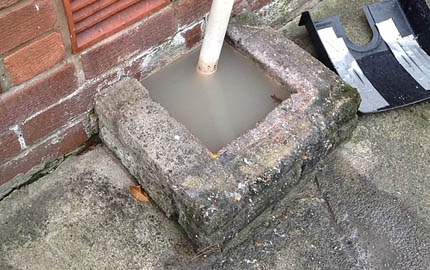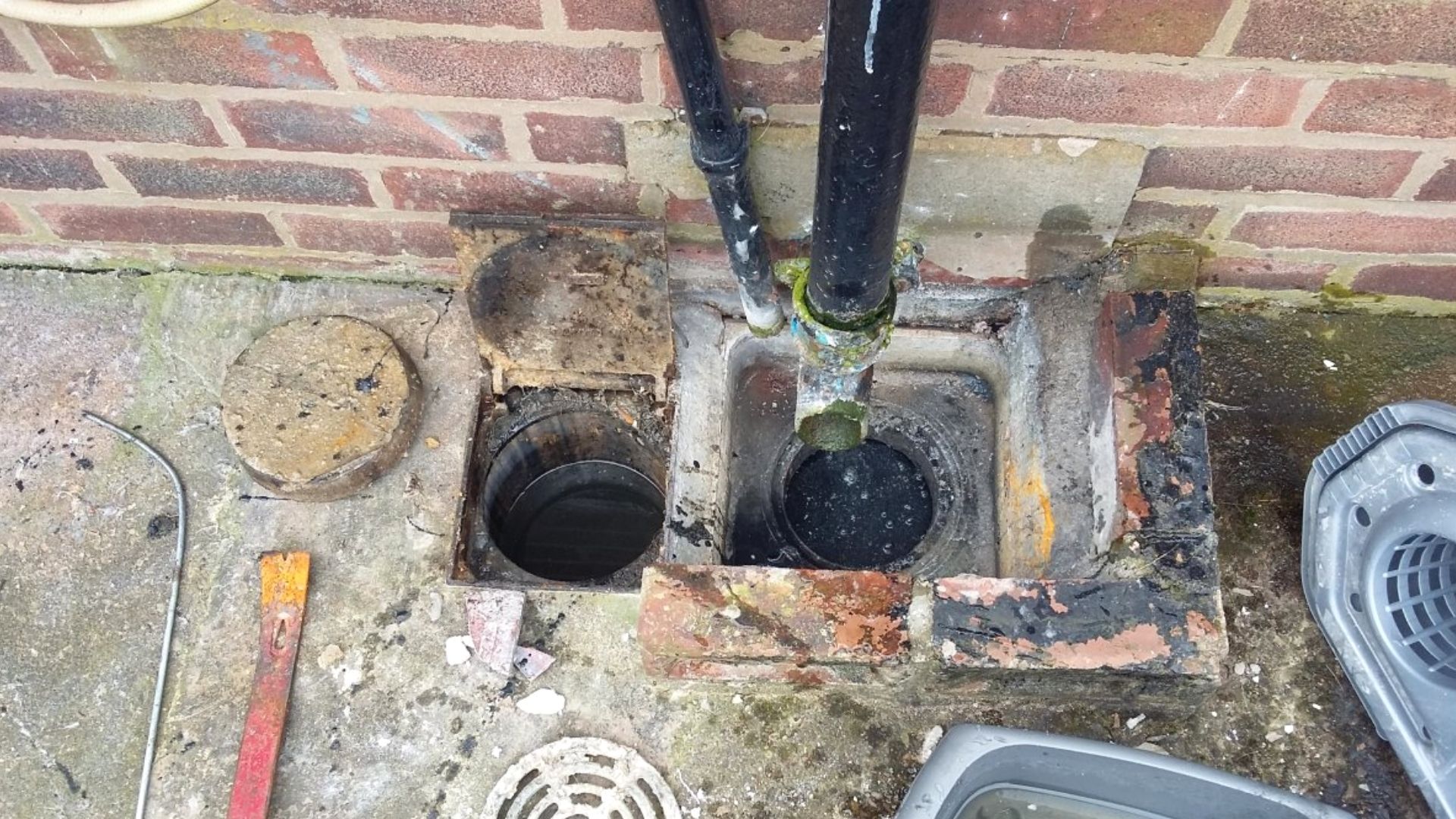Guidelines for Unclogging a Blocked Drain Before Reaching out to Professional Plumbers
Guidelines for Unclogging a Blocked Drain Before Reaching out to Professional Plumbers
Blog Article
What're your opinions with regards to Some easy tips to fix blocked drains?

Intro
Taking care of a blocked drain can be an irritating experience, interrupting day-to-day activities and possibly creating damages to your building. Nonetheless, prior to reaching out to plumbing experts, there are steps you can take to deal with the issue on your own. In this guide, we'll check out do it yourself remedies and safety nets to deal with a blocked drain effectively.
Recognizing the Concern
The initial step in attending to an obstructed drainpipe is acknowledging the indications. Slow-moving water drainage, gurgling noises, foul odors originating from drains, or water backing up are common signs of a blocked drainpipe. Determining these indications early can assist stop additionally issues.
Typical Root Causes Of Obstructed Drains
Understanding the factors that add to drain blockages is necessary for effective resolution. Typical culprits include hair, soap scum, grease, food particles, and foreign objects like hygienic items or paper towels. Tree origins invading underground pipelines can also cause significant clogs.
DIY Solutions
For small blockages, several DIY services can be efficient. Pouring boiling thin down the drain can aid liquify oil and debris. Sodium bicarbonate and vinegar or a blend of salt and cooking soda can act as natural cleaners. Utilizing a plunger or pipes snake to displace blockages is an additional option.
Devices and Equipment
Having the right devices accessible can make do it yourself drainpipe cleansing extra effective. A bettor is a flexible tool for getting rid of obstructions in sinks, commodes, and showers. A plumbing snake or auger can reach deeper obstructions, while drain cleaning chemicals can be made use of cautiously for persistent clogs.
Preventive Measures
To avoid future obstructions, taking on preventive measures is essential. Mount drainpipe guards or filters to catch hair and debris prior to they enter the pipelines. On a regular basis flush drains with warm water to liquify oil accumulation, and prevent disposing of oil or solid waste away.
When to Call a Professional
While DIY options can fix minor blockages, certain signs indicate the need for expert assistance. Consistent obstructions, foul odors despite cleaning up efforts, or multiple drains supporting simultaneously are red flags that warrant experienced treatment.
Picking the Right Pipes Solution
When picking a plumbing solution, take into consideration elements such as experience, licensing, and client testimonials. Pick a credible plumbing with a track record of quality handiwork and clear rates techniques.
Cost Factors to consider
The expense of professional drain cleaning company can differ relying on the severity of the clog and the plumbing technician's rates. Request quotes from multiple providers and inquire about any kind of service charges to ensure openness and prevent surprises.
Safety and security Measures
When trying DIY drainpipe cleansing, focus on security. Use safety gloves and eyeglasses to stay clear of contact with unsafe chemicals or microorganisms. Never mix various drainpipe cleaning items, as this can generate harmful fumes.
Situation Researches
Real-life examples illustrate the performance of DIY options and the value of prompt professional treatment in resolving drain blockages.
Final thought
By following the ideas detailed in this guide, you can properly deal with obstructed drains pipes and stop future plumbing issues. Whether choosing DIY services or looking for expert assistance, timely action is essential to maintaining a healthy plumbing system and preserving the honesty of your home.
How to Clear a Clogged Drain Yourself (And When to Call In the Professionals)
What Can Clog a Drain
Dirt Skin flakes Hair Grease Soap scum Food Offset pipes Tree roots Small objects Mineral buildup DIY Tricks to Unclog a Drain
You can fix this! Once you have identified the source of the clog (or have a vague idea), you can try one or a combination of these fixes in order to clear your plumbing.
Wire Hanger or Snake
Untangle and clear out hair from a drainpipe with a homemade snake. Use a straightened-out wire hanger with a 90-degree angle hook to locate the clog and drag out any unwanted material.
Remember not to push the clog further down to where the wire hanger cannot reach! If you need to follow up with a plunger, give it a try. Your efforts might be more successful after it’s been wire-snaked.
If you want to get fancy and don’t have a wire hanger to spare, head to the store and pick up a hand-operated drain snake. You can get one for $10-$30. It may save you the hassle, and provide additional length to reach deep into the clogged pipe.
Plunger
A cup plunger has a suction cup attached to a wooden handle. The rubber creates a seal around the drain, and increases the pressure force of the plunger.
Plunge for 30-second increments to loosen the clog. This may need to be repeated over the course of 15-20 minutes. Once plunged, run the water to flush the remaining material out of the drain.
Remember– never use a plunger if you have used a chemical drain cleaner. These chemicals can splash up from the force of the plunger and cause serious injury or burns.
Boiling Water
Hot water can sometimes break up materials into a flushable amount. Dirt, grease, and soap buildup requires heat in order to unstick from surfaces.
Take your kitchen kettle and heat your water to a boil. Once it reaches a rolling boil, pour it directly down the drain into the blockage. Carefully follow with plunging, if necessary.
Don’t worry if this takes more than one try! It can often take multiple kettles and repeated plunging in order to clear a particularly stubborn clog.
Chemical Drain Cleaner
As a last resort, pick up a bottle of chemical drain cleaner. Drain-cleaning chemicals are potent, and not very good for the environment.
You may need to wear protective eyewear in gloves before handling your bottle of chemical drain cleaner. Follow the instructions printed on the bottle, and flush with water as soon as the instructions allow. Do not follow with plunging.
Baking Soda and Vinegar
As a safer alternative to chemical drain cleaner, baking soda and vinegar can create a chemical reaction that clears tough clogs.
Combine one cup of cleaning vinegar with one cup of boiling water, and set aside. Once you have done this, pour half a cup of baking soda down the drain. Give the baking thirty seconds to settle and cover a large portion of the problem drain.
Following the baking soda, pour down your vinegar and hot water solution. Once the vinegar and baking soda combine, the mixture will bubble and fix. Let this reaction fizzle in the drain for about an hour.
After an hour, follow with a kettle’s worth of hot water. The heat and liquid should flush out any remaining material.
When to Call a Plumber
If your DIY attempts haven’t cleared your clog drain, it’s time to call in a professional. It’s not worth losing access to your kitchen sink or high-traffic bathroom. A clog in a vital area can keep you from the things you’d rather be doing, and derail your routine.
Anytime a clog is causing water to spread is a time to call in a plumbing service. What starts out as a little bit of water can quickly grow into serious, expensive water damage.
Additionally, a serious clog can result in burst pipes or serious leaks. Make sure you know when to take it seriously!
https://myguysnow.com/how-to-clear-a-clogged-drain-yourself-and-when-to-call-in-the-professionals/

I'm just very eager about Some easy tips to fix blocked drains and I really hope you liked my blog entry. Sharing is caring. Helping people is fun. Thanks a bunch for your time. Kindly check up our website back soon.
Call Today Report this page